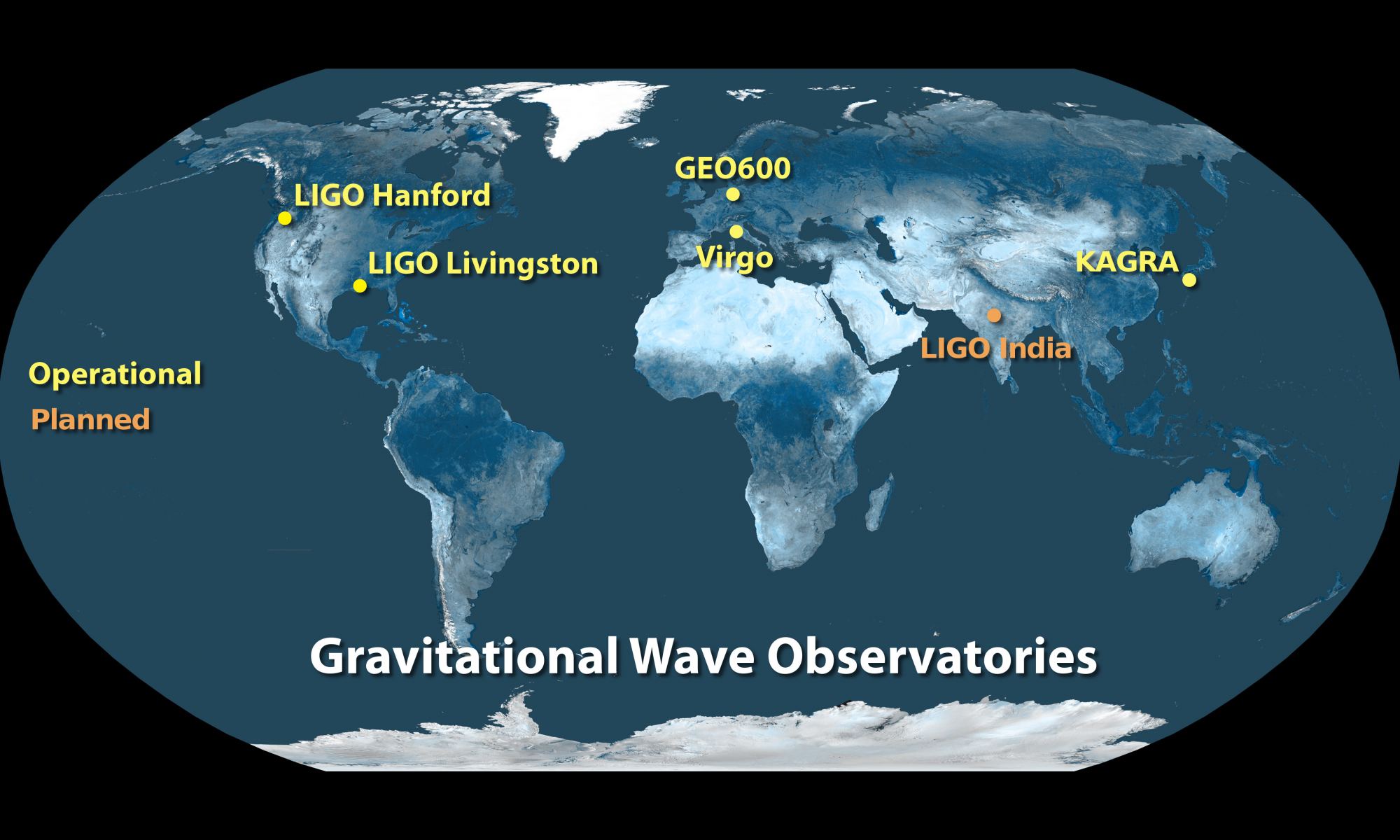What’s true for optical astronomy is also true for gravitational wave astronomy: the more observatories you have, the better your view of the sky. This is why the list of active gravitational wave observatories is growing. But so far they are all in the Northern Hemisphere. As a recent article on the arXiv points out, that means we are missing out on a good number of gravitational events.
To its credit, gravitational wave astronomy is still in its youth. In the early days of large optical telescopes, there was also a northern bias to their locations. Part of this was based on the technical challenges of constructing telescopes in the global south, but there was also a cultural bias that is still with us today. We would do well to be mindful of this bias and try to correct it.
But this latest work shows that building a gravitational wave observatory in the southern hemisphere wouldn’t simply be an act of broadening global participation, it would gain us significantly more observational data. This is particularly true given that the dense central region of our galaxy is in the Southern sky.
As a basic case, the authors consider adding a LIGO-like observatory in Australia. Currently, there are two LIGO detectors in the United States and the Virgo detector in Italy. Together they detect around 3 events a year, though that number is rising as techniques improve. The addition of an Australian detector would double that count to more than 6 events. With three source detections, we could triangulate the event in the sky, allowing optical telescopes to gather data for multi-messenger astronomy.

Of course, by the time an observatory can be constructed in the global south, gravitational wave detectors will be significantly improved. So the authors look at a more realistic case of building a third-generation advanced detector in Australia. This could operate in tandem with an American-based Cosmic Explorer and a European-based Einstein Telescope. Where LIGO uses detector arms 4 kilometers long, these new detectors would use 20-kilometer arms or even 40-kilometer arms. They will be able to detect gravitational sources we can currently only dream of seeing.
In this case, adding an Australian detector would not significantly increase the number of observed events, raising the number from an estimated 40 a year to 44 a year. But as you can imagine, these new observatories will be so cutting edge that downtimes will be inevitable. In this case, an Australian observatory would give us a significant edge. With only Einstein and Cosmic Explorer, if one goes down for maintenance, the detection rate drops to a few a year. But with two observatories still active, the rate stays around 40 a year.
As we get better at gravitational wave astronomy, there will eventually be detectors all over the world, and even in space. Gravitational wave astronomy will come to the global south. But as this study shows, the time for that is sooner, not later.
Reference: Gardner, James W., et al. “Multi-messenger astronomy with a Southern-Hemisphere gravitational-wave observatory.” arXiv preprint arXiv:2308.13103 (2023).


Point of potential clarification: “But this latest work shows that building a gravitational wave observatory in the southern hemisphere wouldn’t simply be an act of broadening global participation, it would gain us significantly more observational data. This is particularly true given that the dense central region of our galaxy is in the Southern sky.”
This makes it appear as if the existing GW observatories wouldn’t see southern sky signals. But the paper says, unless I’m mistaken, that it’s not primarily a matter of signal-to-noise ratio dampening through GWs passing through Earth but that the better spread of observatories ease localization.